| Columns Retired Columns & Blogs |
Panasonic Prism LX-1000 CD/LD player Measurements
Sidebar 2: Measurements
The LX-1000's frequency response (fig.1) is virtually flat across the audible range, with the exception of an insignificant rise above 12kHz. The only anomaly I noted is a rather unusual channel mismatch of about 1.2dB (most CD players we've tested have been more closely matched). In fig.2 the squarewave response displays the small degree of ripple typical of players with linear-phase digital filters. The Prism's de-emphasis response (fig.3) resembles the frequency response of many moving-coil phono pickups, with a slight dip in the mid treble and rise at the top—though the deviation in most such pickups is several times larger. The small degree of these deviations, however, is unlikely to be of audible significance here, particularly since most CDs do not make use of pre-emphasis.
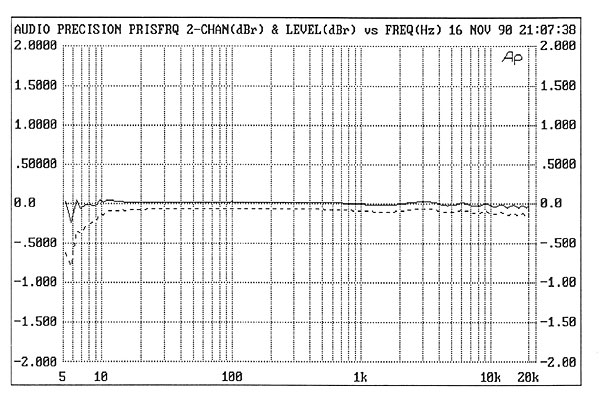
Fig.1 Panasonic Prism LX-1000, frequency rsponse (right channel dashed, 0.5dB/vertical div.).
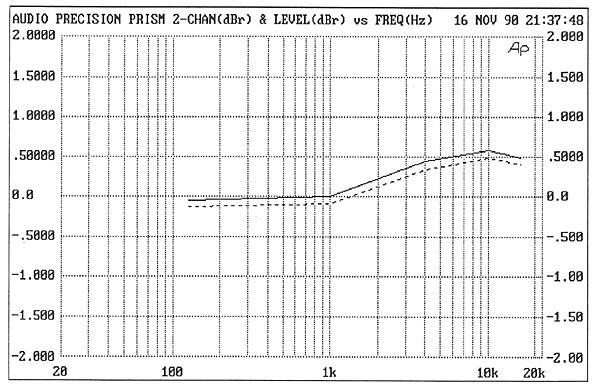
Fig.2 Panasonic Prism LX-1000, 1kHz squarewave at 0dBFS.
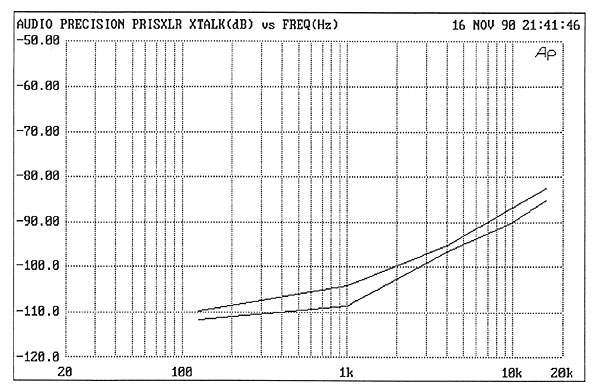
Fig.3 Panasonic Prism LX-1000, de-emphasis error (right channel dashed, 0.5dB/vertical div.).
The crosstalk in fig.4—nearly the same from left to right and right to left—while not the best we've measured, is definitely a solid average. That's not a criticism; average crosstalk in CD players in general is excellent in any audible, real-world sense. In fig.5, the output spectrum of the Prism reproducing a –90.31dB, 1kHz dithered signal is shown. The curve indicates good linearity at –90dB and no significant artifacts or power-supply–related noise. The overall linearity shown in fig.6 is outstanding. Only the left channel is shown; the right channel is identical down to –100dB and differs below that only in the distribution of the inevitable low-level noise. The fade-to-noise signal was audibly clean, with no artifacts as the signal dropped into the noise floor.
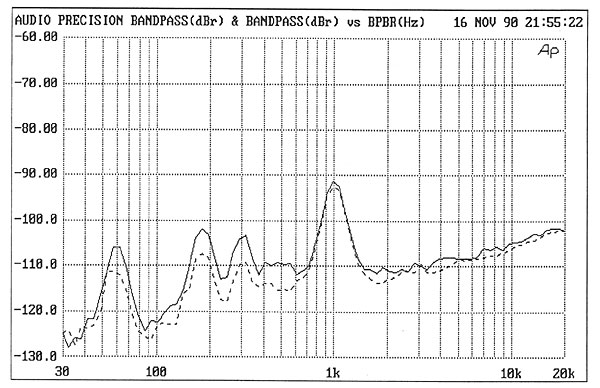
Fig.4 Panasonic Prism LX-1000, channel separation (10dB/vertical div.).
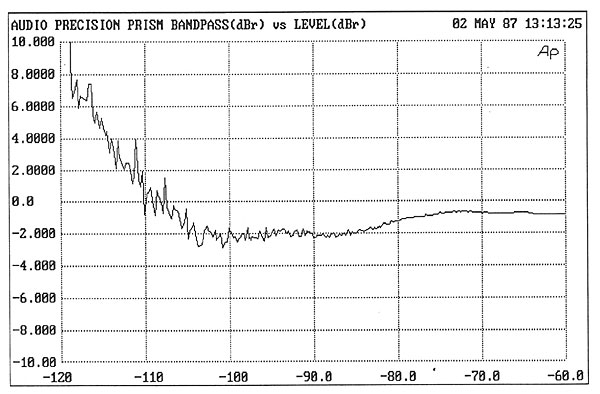
Fig.5 Panasonic Prism LX-1000, spectrum of dithered 1kHz at –90dBFS with noise and spuriae (1/3-octave analysis).
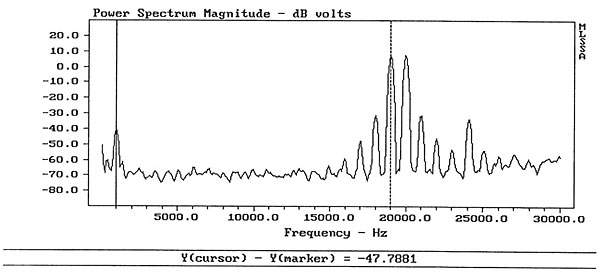
Fig.6 Panasonic Prism LX-1000, left-channel departure from linearity (2dB/vertical div.).
In fig.7 is plotted the noise spectrum of the Prism in response to an infinity zero signal. The only artifact worth noting is the power-supply noise at 60 and 120Hz, and then perhaps only because it is so low as to be negligible. It has, however, recently come to my attention that many Japanese-designed 1-bit converters are configured to switch off when they detect such a signal; the noise shown here will, in this case, merely indicate the noise in the player's circuitry beyond the converter.
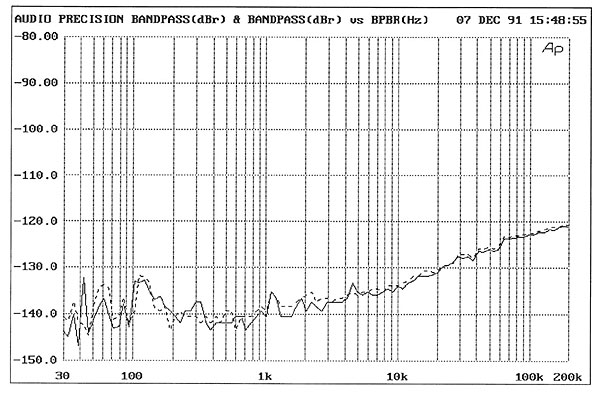
Fig.7 Panasonic Prism LX-1000, spectrum of digital black (1/3-octave analysis).
The response to a –90.31dB, 1kHz undithered signal shown in fig.8 displays a reasonable resemblance to the desired stairstep response, overlaid—as in almost all of the players we've tested—with low-level noise.
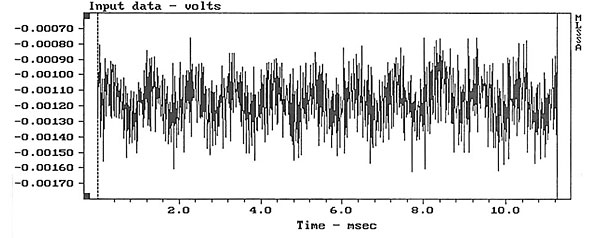
Fig.8 Panasonic Prism LX-1000, waveform of undithered, 16-bit 1kHz sinewave at –90.31dBFS.
The intermodulation response of the Prism to a 19+20kHz signal (fig.9) is clean, with no significant artifacts.
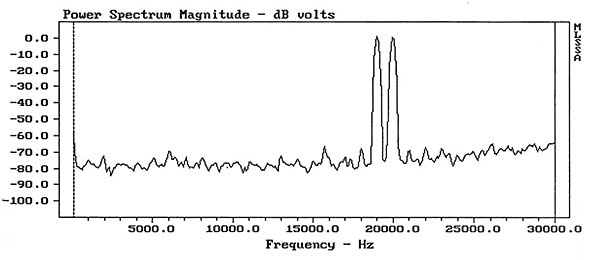
Fig.9 Panasonic Prism LX-1000, HF intermodulation spectrum, 300hz–30kHz, 19+20khz at peak leve of 0dBFS (lineaer frequency scale).
The Prism inverts polarity. Its output impedance is 580 ohms from the left channel, 593 ohms from the right. And its DC offset measured a negligible 1.1mV from both channels.—Thomas J. Norton
- Log in or register to post comments



































